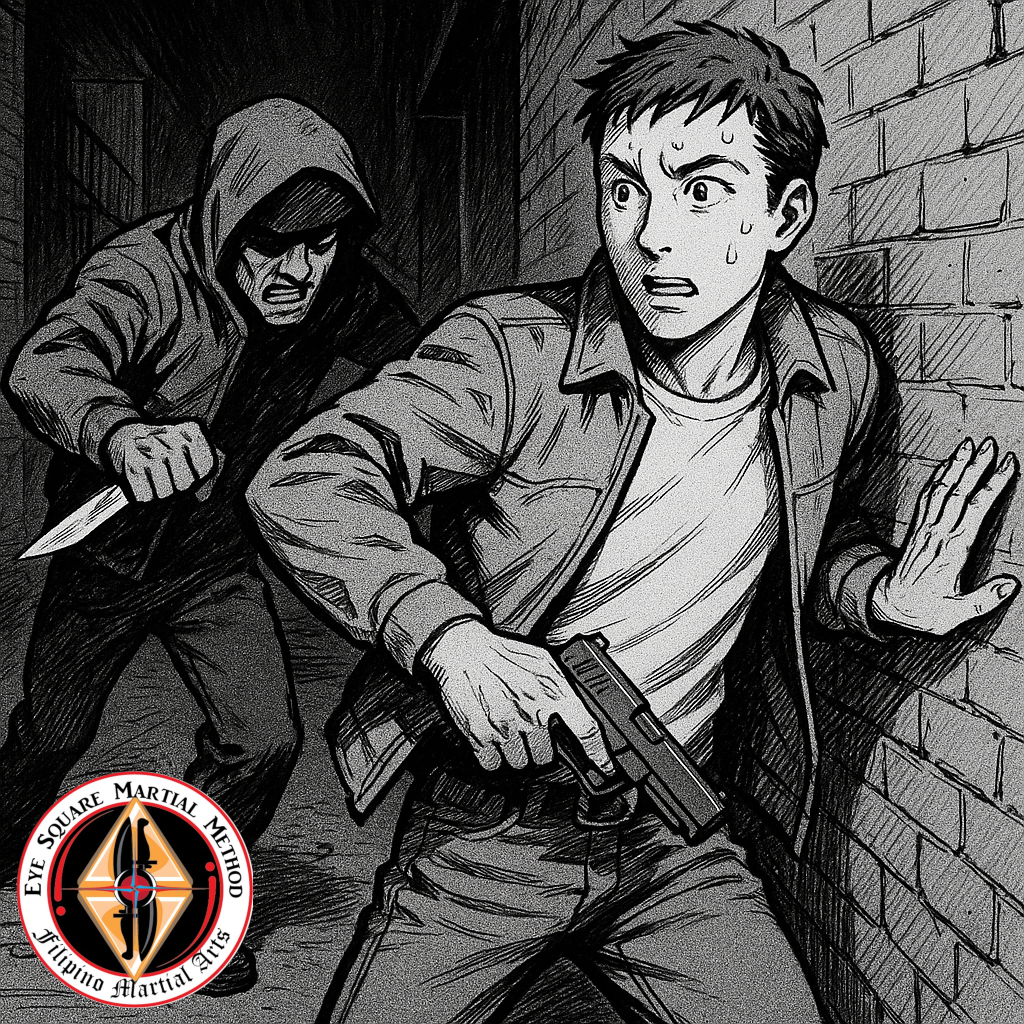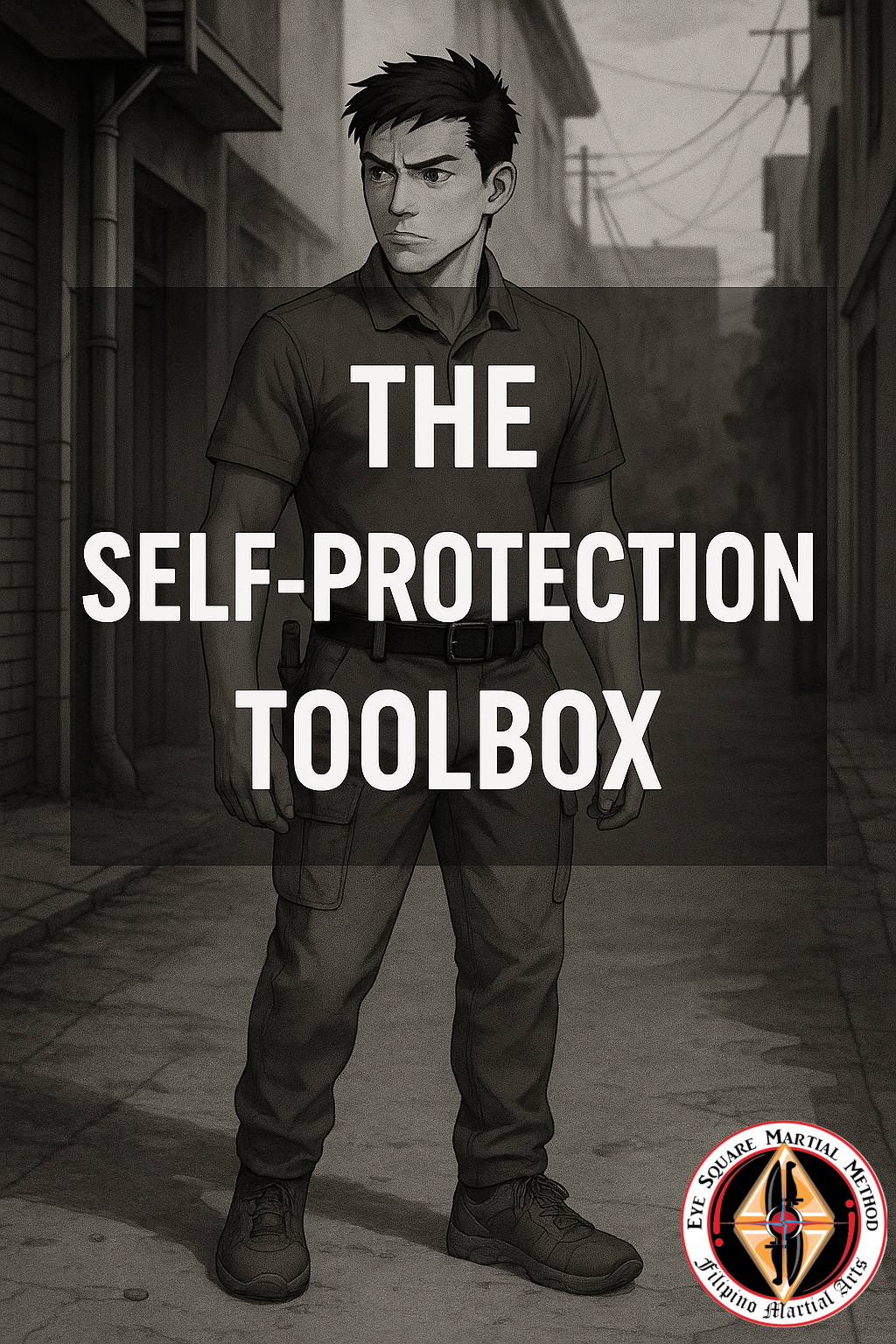When most people imagine using a gun in self-defense, they picture something from a movie—a standoff, a gunfight, or a dramatic chase. But in real life, defensive gun use (DGU) is rarely that cinematic.
It’s fast. It’s messy. And it usually doesn’t involve a shot being fired at all.
What Counts as Defensive Gun Use?
A “defensive gun use” doesn’t require pulling the trigger. It simply means using a firearm to stop or deter a threat to your life or the life of another.
This could include:
- Drawing a firearm to prevent an assault
- Displaying a weapon to stop a robbery
- Firing a warning shot (though not recommended)
- Actually discharging a weapon in self-defense
The vast majority of DGUs don’t make the news—because nothing dramatic happened. The threat ended the moment the gun appeared.
How Often Does It Happen?
There’s controversy around the numbers, largely due to how “defensive use” is defined and reported. But here are the major data points:
- A CDC-commissioned report cites estimates ranging from 60,000 to 2.5 million DGUs per year, depending on the methodology. (Source)
- The National Crime Victimization Survey (NCVS) consistently reports about 100,000 DGUs per year.
- A 2000s study by criminologist Gary Kleck—widely cited in 2A circles—estimated closer to 2.5 million annually.
Even using the most conservative number, that’s roughly 275 people per day using a gun in self-defense.
Real-Life Encounters: What They Teach
What’s consistent across real-world incidents is this: self-defense happens fast, and the defender is often reacting to a sudden assault.
Key lessons:
- You won’t have time to rack a slide, unlock a safe, or “gear up.” Preparedness means accessibility.
- Most confrontations happen at close range (7 yards or less).
- The attacker usually has the advantage—they chose the time and place.
This is why mindset, situational awareness, and training matter more than the gear you carry.
Mutual Combat vs Sudden Assault
There’s a big legal and moral difference between getting into a fight and defending yourself from a violent assault.
- Mutual Combat: Both parties are willingly engaged—think road rage or bar fights. If you escalate, your legal defense may fall apart.
- Sudden Assault: You’re targeted unexpectedly and must respond with appropriate force to stop the threat. This is where most DGUs fall.
If you’re carrying, your job isn’t to “win a fight”—it’s to survive a threat and stay within the law.
Closing Thought
Guns aren’t magic wands. They don’t guarantee safety. But in the hands of a trained, law-abiding citizen, they can stop evil in its tracks.
Next time, we’ll explore how to prepare for that moment before it happens—through training, mindset, and responsible carry habits.



